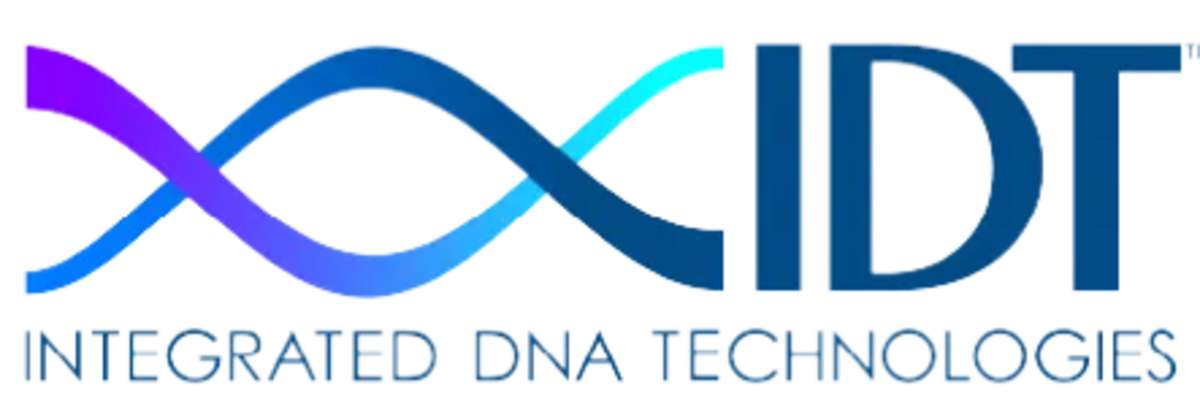Cell and gene therapies hold vast potential for treating diseases that have long been considered incurable. High-quality tools and technologies for cell and gene therapy research are essential to support the development of these groundbreaking therapeutic approaches.
What is cell and gene therapy?
Cell and gene therapies respectively involve the transfer of cells and genetic material into a patient to treat or prevent disease. Critically, they offer hope to the estimated 400 million people globally who suffer from rare diseases, which can often result in severe disability or premature death yet lack effective treatments1.
In 2021, the United Nations adopted the first resolution on Addressing the Challenges of Persons Living with a Rare Disease and their Families, calling on Member States to increase visibility and strengthen health systems for those affected by these conditions2. This has contributed to steady growth across the cell and gene therapy field, as evidenced by multiple approvals.
The latest Gene, Cell, and RNA Therapy Landscape Report from the American Society of Gene and Cell Therapy (ASGCT) and Citeline states that 128 cell and gene therapies were approved as of Q1 2024, with more than 4,000 further products currently in development3.
What are some of the different cell therapy approaches?
The earliest approach to cell therapy, the bone marrow transplant, was first performed successfully in 1956, when a leukemia patient was given radiotherapy before receiving healthy bone marrow from an identical twin. This type of treatment is categorized as an allogeneic cell therapy, owing to the fact that the cells come from someone other than the patient, whereas autologous cell therapy uses the patient’s own cells, which must be cultured and expanded outside of the body prior to reintroduction.
Researchers subsequently discovered that bone marrow contains stem cells, with the capacity to regenerate the blood and immune system, paving the way for many other types of non-genetically modified cell therapies to be developed. The current pipeline includes treatments for Parkinson’s disease, osteoarthritis, and Type 1 diabetes, as well as rare diseases such as acute myelogenous leukemia, pancreatic cancer, and respiratory distress syndrome3.
Genetically-modified cell therapies are also being developed. The most common example, chimeric antigen receptor (CAR) T cell therapy, involves isolating a patient’s T lymphocytes from the blood and engineering them to express a CAR that recognizes a specific cell type. When the modified T cells are infused back into the patient, they harness the immune system for targeted cell killing. Most CAR-T cell therapies are for cancer indications, although trials are also focused on conditions including scleroderma, HIV/AIDS, and autoimmune disease3.
What are some of the different gene therapy approaches?
Gene therapies take many forms, but can broadly be classified based on their action. Gene addition therapies promote the expression of a specific protein by introducing a working gene into the cell nucleus, usually with the aid of a viral vector. In contrast, gene silencing therapies block protein expression by inhibiting gene activity. Gene editing therapies use technologies such as CRISPR-Cas systems, adeno-associated virus (AAV)-based homologous recombination, transcription activator-like effector nucleases (TALENs), and zinc finger nucleases (ZFNs) to correct a faulty gene through mechanisms including gene activation and gene knockout.
The first gene therapy to be approved was Gendicine, in 2003, for the management of head and neck squamous cell carcinoma. By using an adenoviral vector to induce the expression of p53, Gendicine promotes tumor cell destruction4. Most recently, in April 2024, Beqvez™ was approved for the treatment of hemophilia B5. Like Gendicine, Beqvez™ is based on gene addition. However, it uses a recombinant AAV to introduce a functional copy of the factor IX gene and restore the encoded protein to clinically effective levels.
Tools for cell and gene therapy research
A vast array of tools and technologies is available for cell and gene therapy research. Popular examples include siRNAs and antisense oligonucleotides (ASOs), which can be used to investigate the effects of blocking protein translation; CRISPR-Cas systems for gene editing applications; and high-titer AAVs and lentiviruses for cell engineering purposes. In addition, induced pluripotent stem cells (iPSCs) and iPSC-derived cells are widely used for optimizing gene delivery and studying the effects of gene therapy, often through monitoring the expression of a conditional reporter gene.
How can we help?
LubioScience is Switzerland's fastest growing Life Science distributor and works closely with partners including Axol Bioscience, BPS Bioscience, and Integrated DNA Technologies to offer the very latest products for cell and gene therapy research. Contact us today to discuss how we can support your project.
Suppliers for cell and gene therapy reagents

IDT - Integrated DNA Technologies
With over 30 years experience as a manufacturer, IDT offers innovative tools for NGS, CRISPR, qPCR and PCR. IDT offers superior quality DNA and RNA oligos, genes, gene fragments, Cas nucleases and more, with fast turnaround times!

BPS Bioscience
BPS Bioscience are experts in protein design, expression, purification, and characterization, cell line and lentivirus engineering, and biochemical and cellular assay development.

Axol Bioscience
Axol Bioscience offers high-quality, functionally relevant human derived iPSC-derived cells. This UK-based supplier has over 10 years of history producing tools for in vitro research and disease modeling for projects in neuroscience, pain/sensation and cardiovascular research.
References
- Global genes: Rare disease facts, accessed 22.07.2024
- United Nations General Assembly (2022) Addressing the challenges of persons living with a rare disease and their families, accessed 22.07.2024
- American Society of Gene & Cell Therapy (ASGCT)(2024) Q1 2024 Quarterly Data Report, accessed 22.07.2024
- Belete (2021) Biologics. The Current Status of Gene Therapy for the Treatment of Cancer.
- Dhillon (2024) Drugs. Fidanacogene Elaparvovec: First Approval
